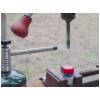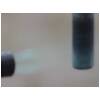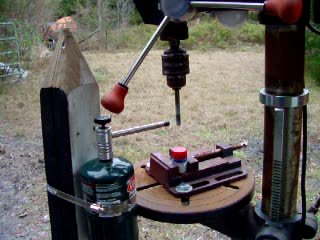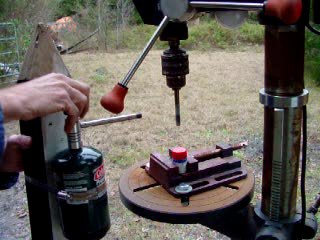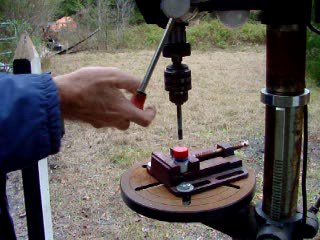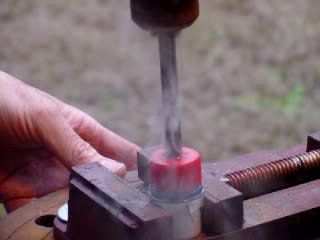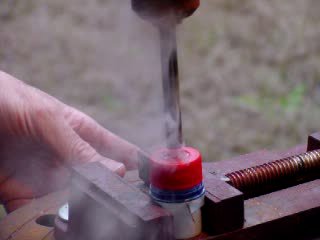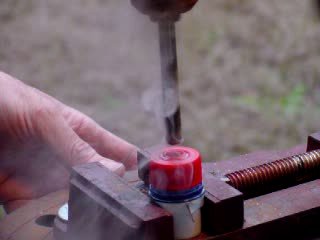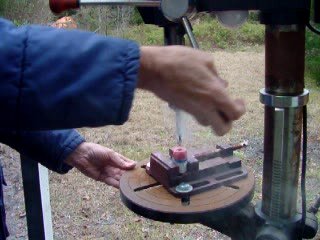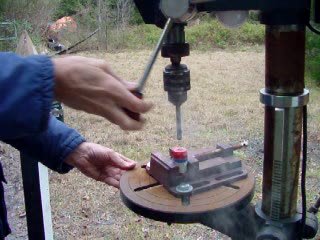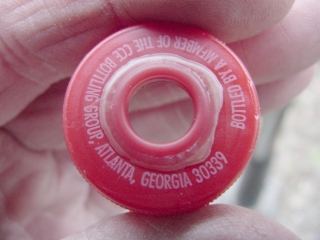Since the hacksaw invariably angles, the base is sanded flush to the flange.
Using a better saw might eliminate the need for sanding.
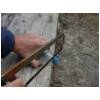
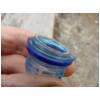
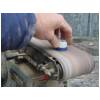
A PVC pipe fitting is used to complete the jig. It is a 1/2 inch male threaded adapter. The other end is 1/2 inch female slip-fit, but that doesn't matter. The 1/2 inch male threaded portion happens to be a snug fit into the bottle neck, providing good centering. Notice that there are two PVC adapters. One has hexagonal flanges, the other a knurled exterior. The one with flat hex flanges is much better for this purpose because it will clamp more securely in drill-press vise.
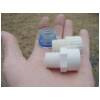
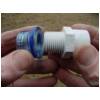
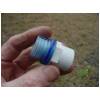
The bottle-neck is fastened to the PVC fitting with 5-minute epoxy. Yes, I know....epoxy is not the best glue for either of these plastics. But this joint has a large surface area and will not be highly stressed unless I do something dreadfully wrong. Epoxy is quick, easy, cheap, adequate, and I happen to have some. Thus it meets all my criteria.
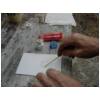
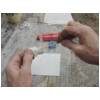
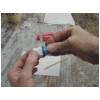
Here is the first of these jigs (left) and today's project (right.) Notice the sloppy glue-job on the first one. I got in a hurry. Serves me right. Works OK anyway.
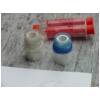
Mounting the jig. Here I have cut the head off a 3/8 inch steel bolt and mounted it in the drill-press chuck. The plastic jig is clamped in the vise, centered under the bolt, and tightened down. Precise centering is difficult. This is where a good indexing vise would be helpful. Guess I ought to buy one.
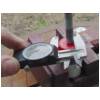
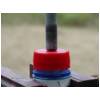
Since semi-retiring my 4x4 airframes, they have found many uses. This one the torch bearer. It serves most proudly.

